
Holiday Hangover? How to Beat Post-Travel Blues
Returning home after an exhilarating journey filled with new sights, sounds, and experiences can be surprisingly difficult. The contrast between the thrill of travel and the familiarity of home life often leads to feelings of restlessness or sadness. If you’ve ever felt a tinge of melancholy after unpacking your suitcase, you’re in good company. Many adventurers face what’s known as post-travel blues—a temporary emotional slump that makes diving back into daily routines feel like a daunting task. But fear not; there are tried-and-true strategies to help you effectively overcome post-travel sadness and keep the spirit of your adventure alive long after you’ve returned.
Understanding Post-Travel Blues
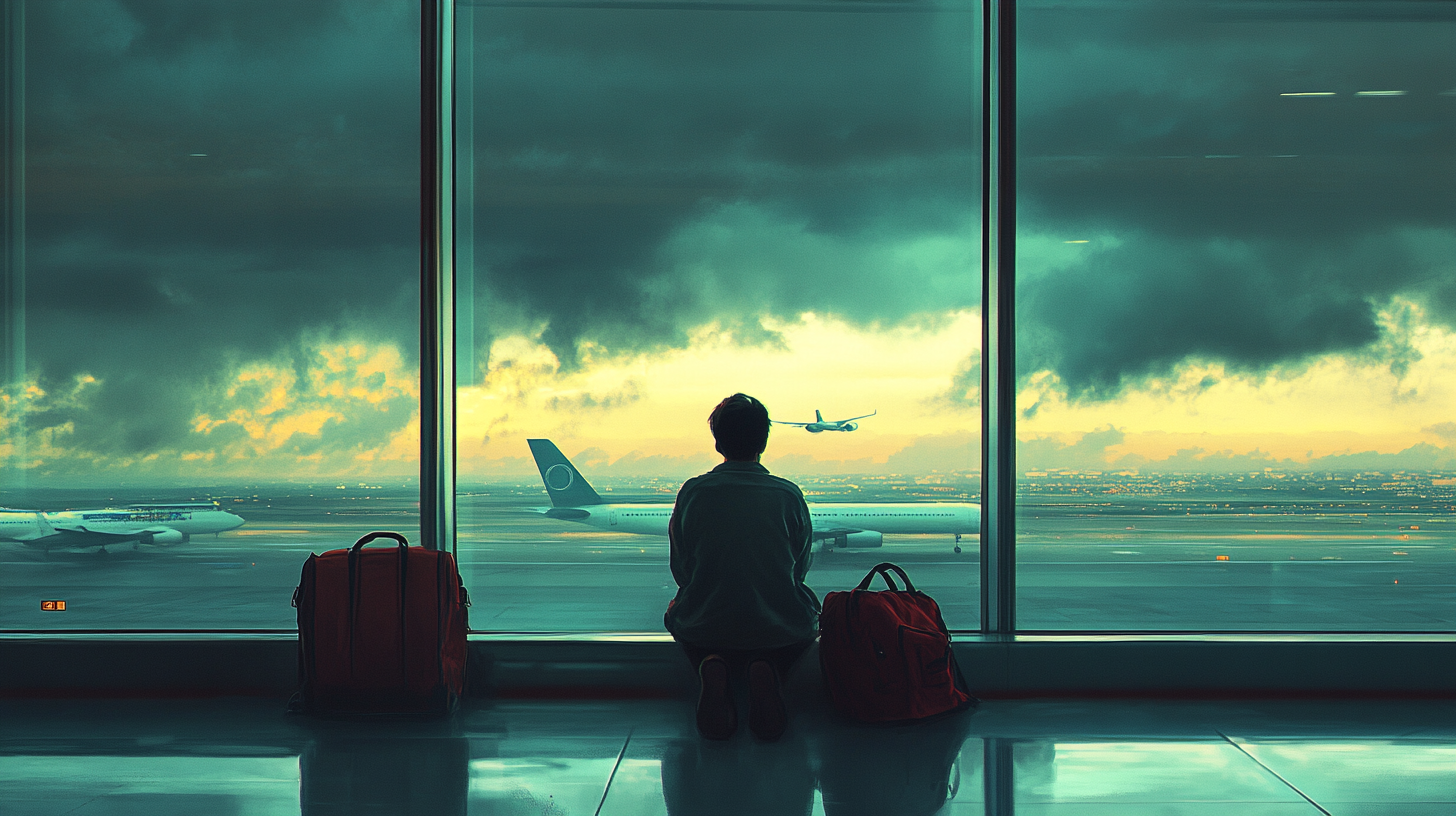
What Are Post-Travel Blues?
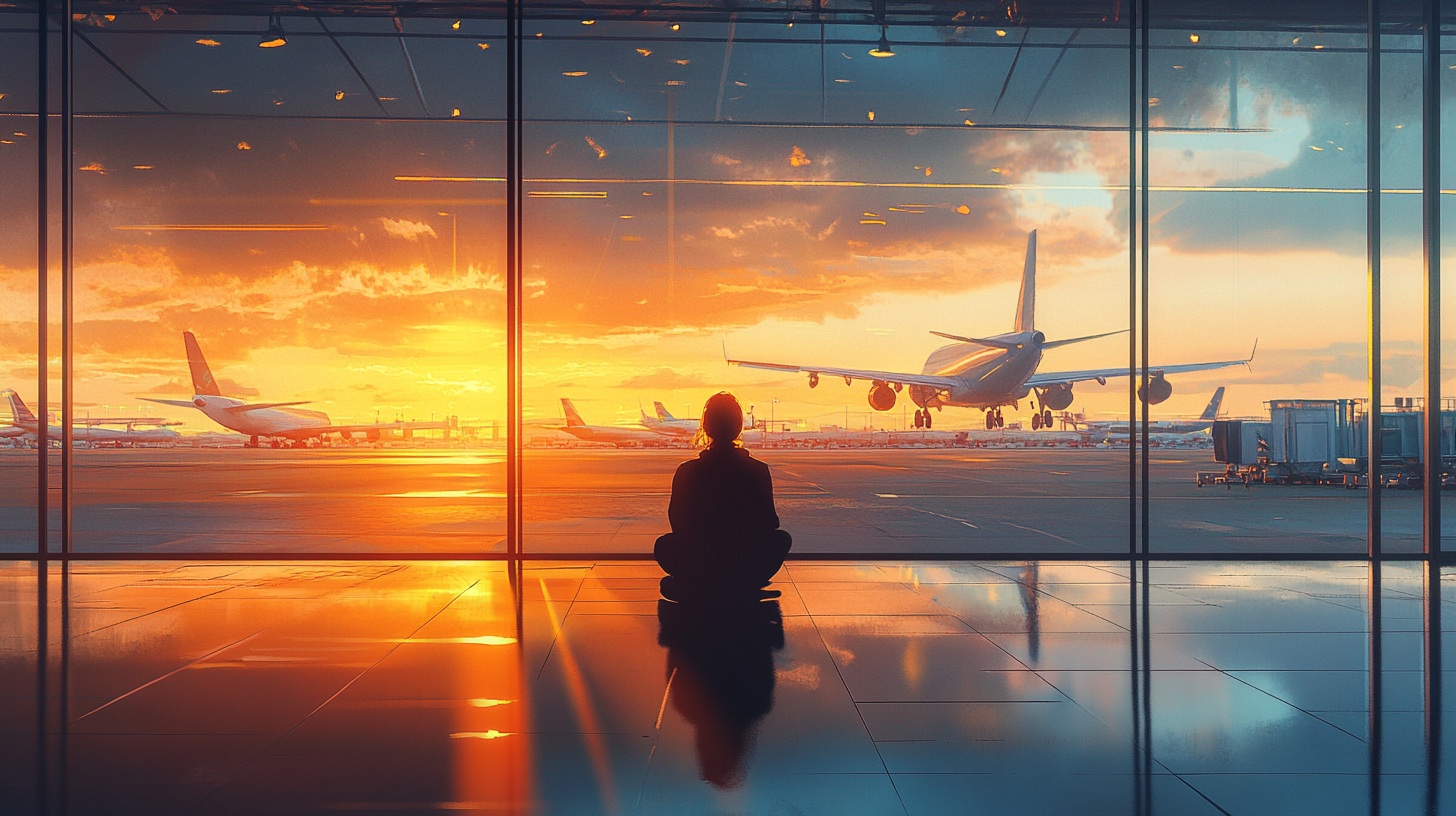
Post-travel blues, sometimes called a vacation hangover or post-holiday blues, encompass a range of emotions that can surface after an inspiring journey comes to an end. This phenomenon is characterized by feelings of sadness, lethargy, and a lack of motivation, which are common symptoms of post-travel adjustment difficulties. It’s not uncommon for travelers to experience symptoms like disrupted sleep patterns, heightened anxiety, or a pervasive sense of dullness as they attempt to readjust to their regular routines. The stark difference between the excitement of travel and the predictability of daily life can make the transition challenging. Recognizing these feelings is the first step toward addressing them.
Why Do We Experience Them?

The abrupt shift from the freedom and excitement of travel back to the responsibilities of daily life can feel jarring. According to Psychologist Tanya Forster, our brains have a tendency to idealize holidays, which can make our regular routines seem exceptionally mundane upon return. This is explained in expert insights into post-vacation mood changes. The buildup of anticipation before a vacation often sets high expectations, and when the journey concludes, any unmet desires or the sudden absence of new and stimulating experiences can lead to feelings of melancholy. Additionally, the lack of immediate plans for future adventures can contribute to a sense of stagnation.
The Healthy Psychological Function
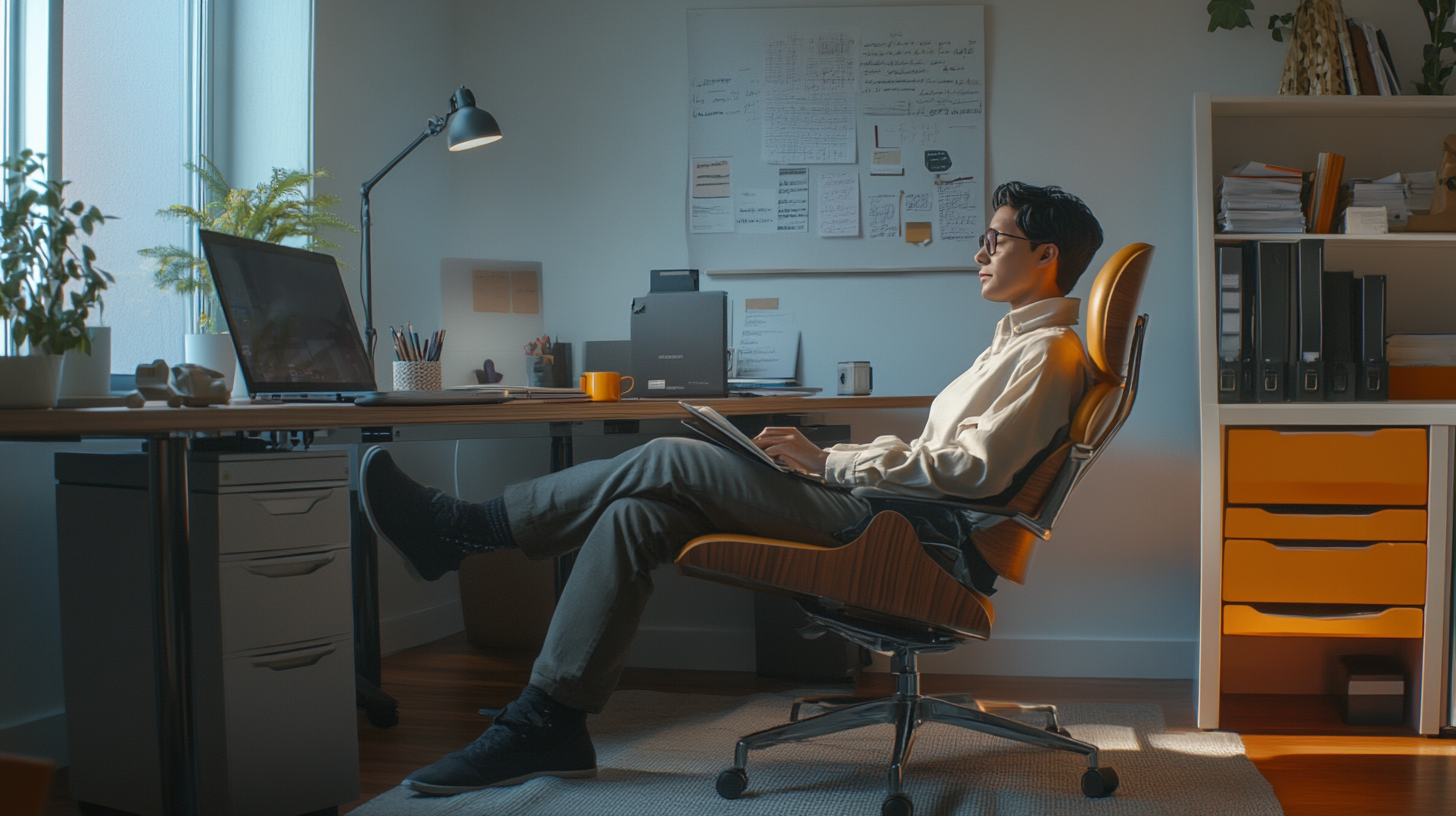
Interestingly, experiencing post-travel depression isn’t necessarily a negative sign about your life at home. Dr. Melissa Weinberg, a well-known positive psychologist, suggests that these blues actually reflect a healthy psychological function. This is supported by research on the emotional impact of travel. They indicate that you derived significant pleasure and fulfillment from your travels, and your mind is adjusting to the change. By acknowledging these feelings as a natural response to a rewarding experience, you empower yourself to address them constructively. Accepting them as normal is a crucial step toward overcoming the post-travel slump and reintegrating into your daily life with a renewed perspective.
Pre-Trip Preparations to Mitigate Post-Travel Blues
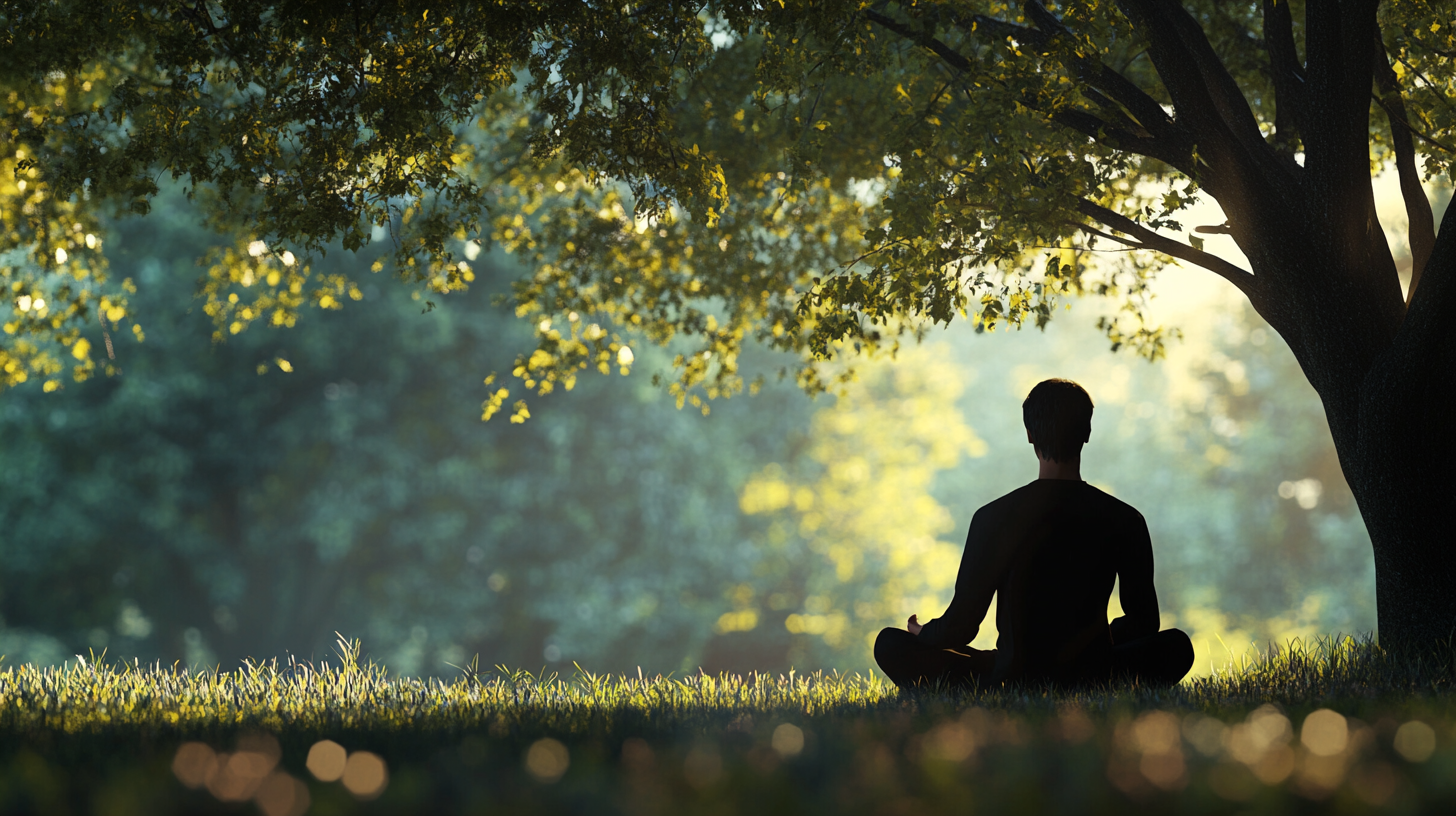
Set Yourself Up for a Smooth Return

An effective strategy to minimize post-holiday blues starts even before you embark on your trip. Taking the time to clean your home and declutter your living space can have a significant impact on your return experience. Imagine stepping back into a serene, organized environment after a bustling vacation—this can provide an immediate sense of calm and control. Consider also stocking your pantry with some essentials or preparing a few frozen meals, so you don’t have to worry about groceries or cooking right away. Coming home to a comfortable and welcoming space can ease the transition and set a positive tone for readjusting to your daily routine. This is further elaborated in preparing your home for a stress-free return.
Plan Buffer Days

A strategic approach to easing back into daily life is to schedule buffer days between your return and when you resume work or other obligations. Instead of landing on a Sunday night and heading to the office Monday morning, give yourself a day or two to recalibrate. These buffer days act as a transitional period, allowing you to adjust physically—recovering from jet lag or travel fatigue—and mentally, by processing your experiences. Use this time to rest, reflect on your journey, and attend to personal tasks without the pressure of immediate responsibilities. This gradual reintroduction to your routine can significantly reduce stress and help maintain the positive energy from your trip. The benefits of scheduling post-trip buffer days are numerous.
Write Down What You Miss About Home

Another pre-trip strategy is to create a gratitude list of what you love about home before you leave. Take some time to jot down all the little things you appreciate—the comfort of your own bed, the aroma of coffee from your favorite local café, the friendly chats with your neighbors, or the peacefulness of your backyard garden. This practice not only fosters gratitude but also gives you tangible reminders of the joys of home. Upon returning, revisiting this list can help shift your perspective from what’s over to what you still have. It’s a simple yet effective way to counterbalance any negative feelings and embrace the positives awaiting you. Explore more about gratitude exercises to enhance well-being.
Embracing Your Feelings and Unpacking Promptly

Acknowledge Your Emotions
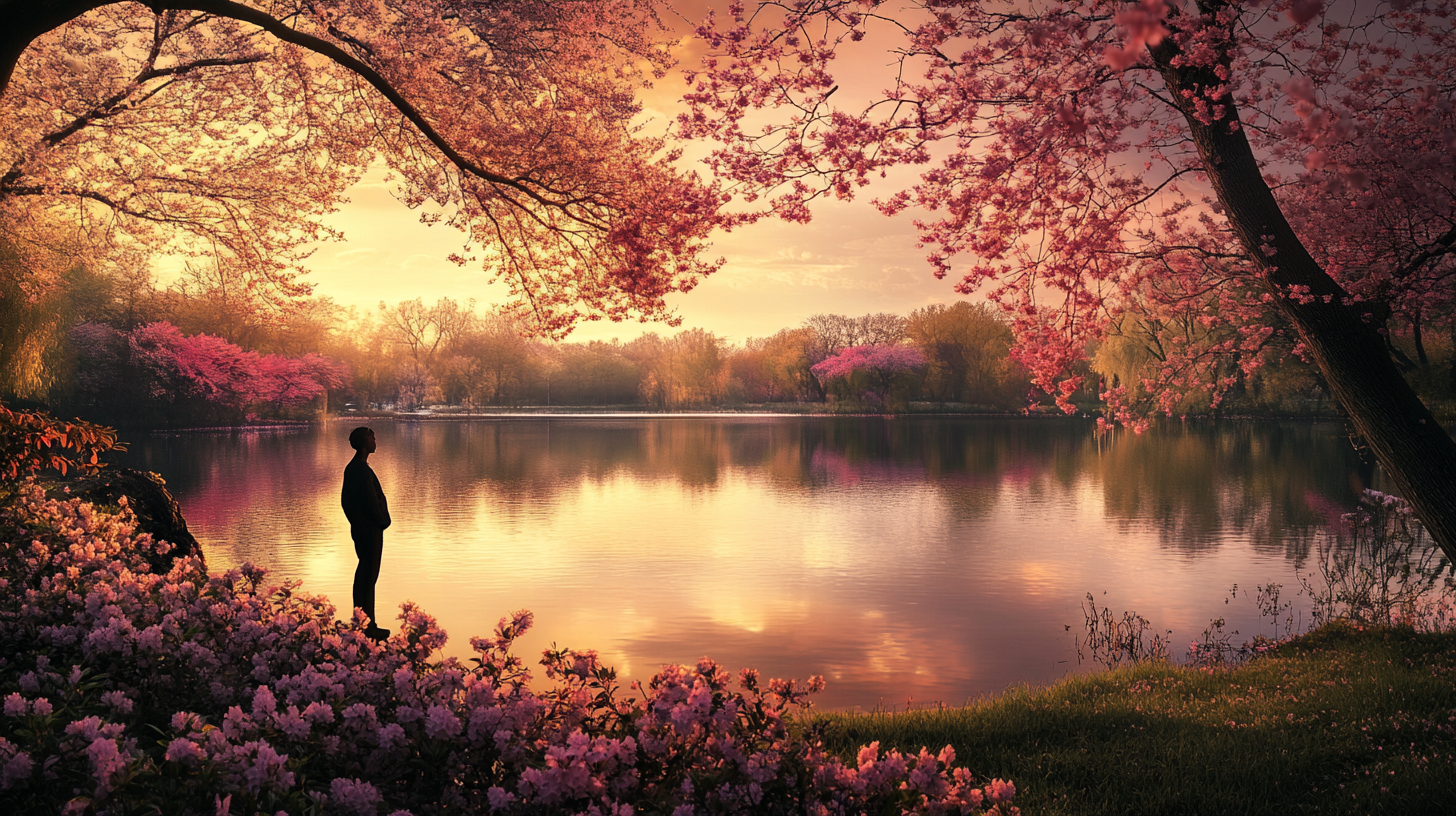
One of the most important steps in overcoming post-travel blues is to acknowledge and accept your emotions. It’s normal to experience a complex mix of feelings after returning from a trip—excitement, sadness, nostalgia, or even restlessness. Instead of brushing these emotions aside, give yourself permission to feel them without judgment. Keeping a journal can be a powerful way to articulate and process your thoughts. Writing down your experiences and emotions can provide clarity and help you understand what you’re going through. This practice can also serve as a therapeutic outlet, making it easier to move forward. Learn more about the benefits of expressive writing for emotional health.
Unpack and Organize

While it might be tempting to prolong the vacation vibe by leaving your suitcase packed, tackling the unpacking process promptly can be surprisingly therapeutic. Engaging in the act of putting away your belongings, doing laundry, and organizing souvenirs can instill a sense of normalcy and control. This physical activity serves as a metaphor for mentally unpacking and processing your trip, helping you to transition smoothly back into your daily life. Completing these tasks can give you a feeling of accomplishment, which can counteract the lethargy and lack of motivation often associated with post-travel blues. Discover organizational strategies to ease post-travel transition.
Record Your Travel Memories
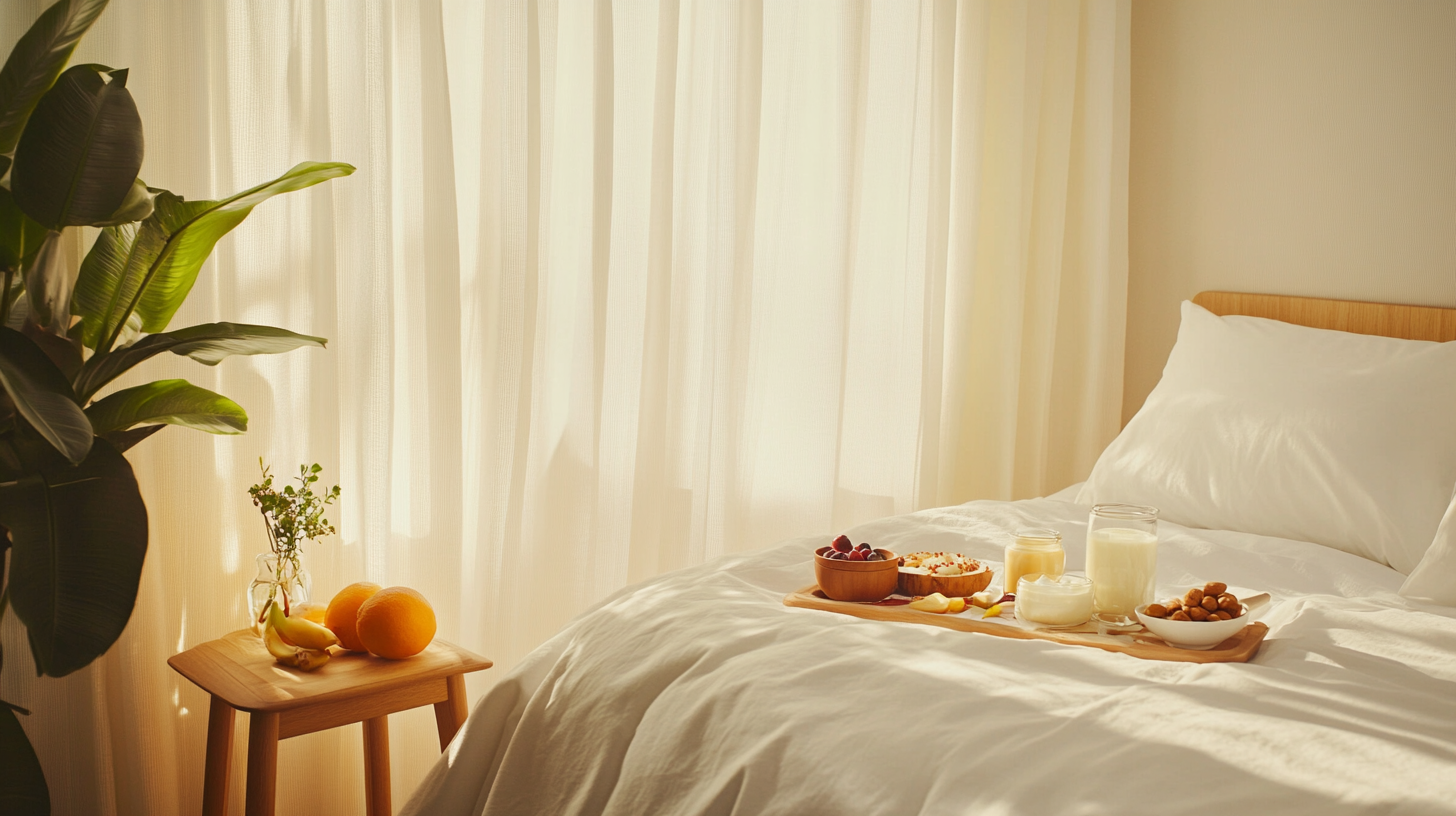
Ensuring that your travel memories are well-preserved can serve as a delightful way to keep the positive aspects of your journey alive. Dedicate time to sort through your photos, tickets, maps, and any souvenirs you collected along the way. Consider creating a photo album, digital slideshow, or scrapbook that captures the essence of your adventure. This creative process not only helps you relive your experiences but also provides a tangible keepsake to revisit in the future. Sharing your stories and pictures with friends, family, or through social media platforms can also amplify the joy, allowing others to partake in your journey and perhaps inspire them to embark on their own. Explore creative ways to document and share travel experiences.
Maintaining a Healthy Lifestyle Post-Travel
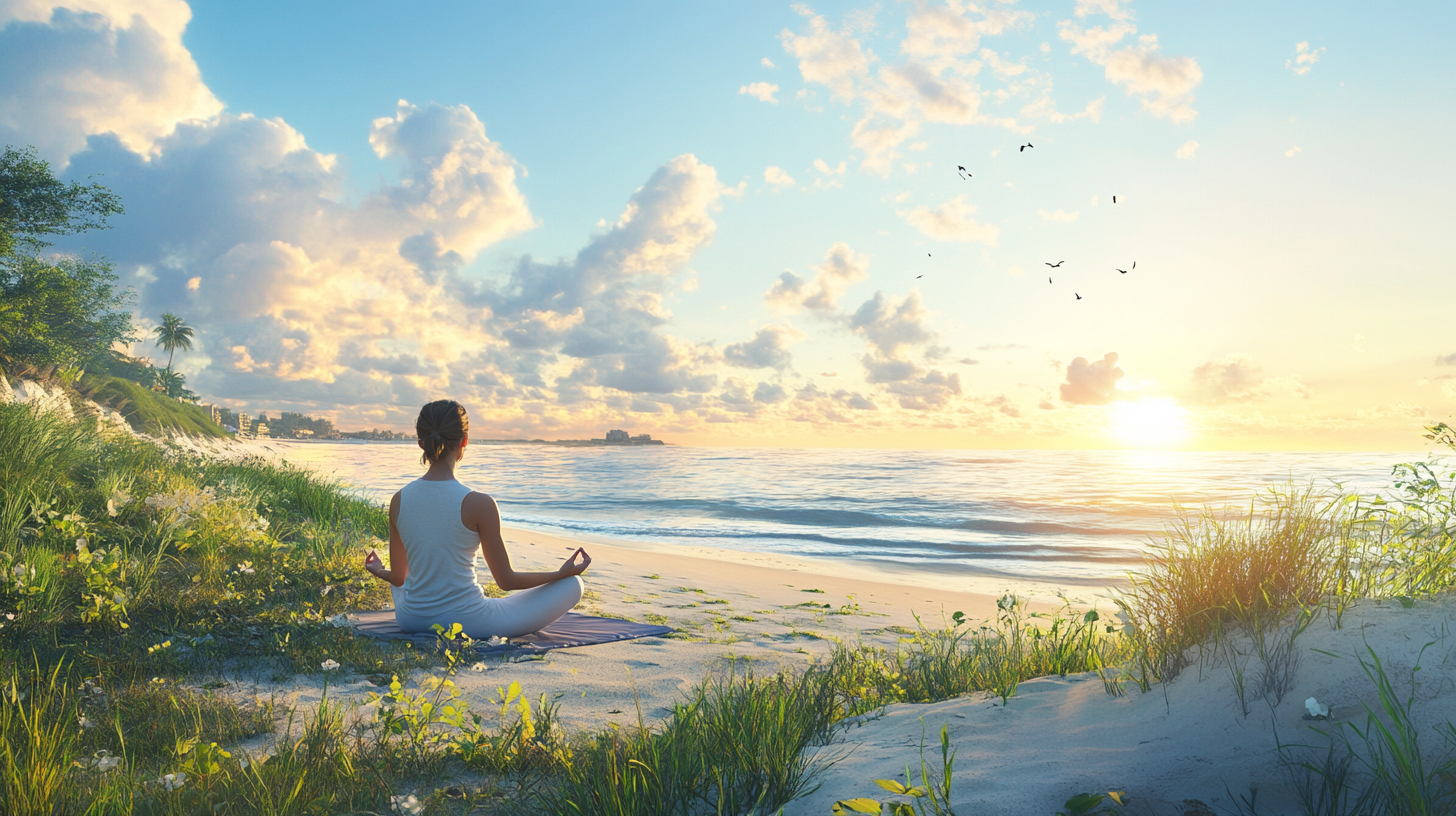
Prioritize Sleep and Nutrition

Travel can wreak havoc on your body’s natural rhythms, often leading to irregular sleep patterns and disrupted eating habits. To combat post-travel fatigue and moodiness, it’s essential to prioritize re-establishing a healthy sleep routine. Aim for consistent bedtimes and wake-up times to help regulate your internal clock. Equally important is refocusing on balanced nutrition. Incorporate plenty of fruits, vegetables, lean proteins, and whole grains into your meals to replenish your body with essential nutrients. Staying hydrated is also key, especially if you spent time in different climates or indulged in unfamiliar cuisines. Proper sleep and nutrition are foundational to stabilizing your mood and restoring your energy levels. For more tips, see restoring healthy habits after travel.
Regular Exercise is Key
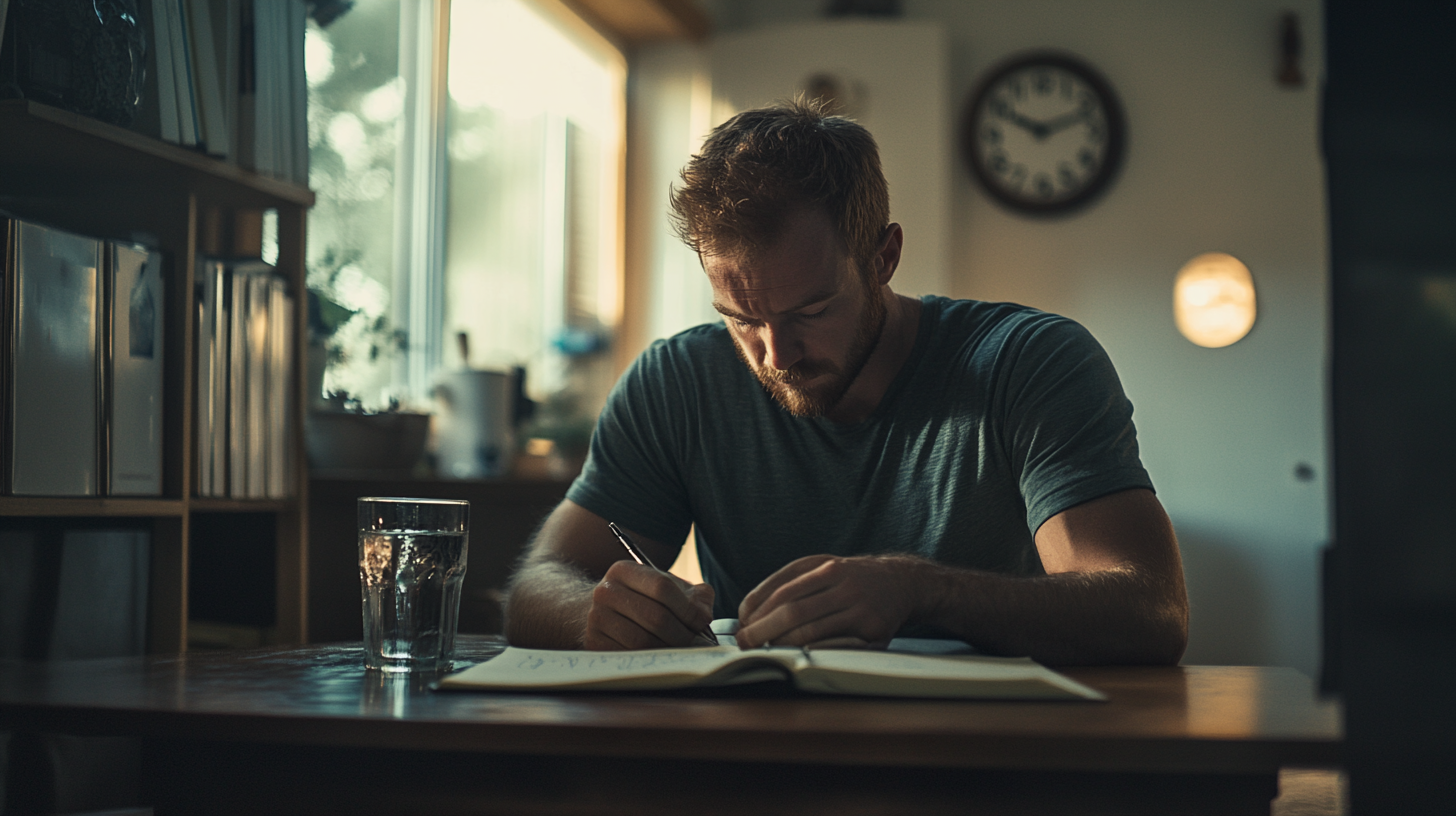
Physical activity is a powerful tool in combating the emotional lows that can follow a vacation. Regular exercise releases endorphins, which are natural mood lifters and can alleviate symptoms of anxiety and depression. Whether you prefer hitting the gym, practicing yoga, cycling, swimming, or simply taking a brisk walk in the park, incorporating physical activity into your daily routine can make a substantial difference in how you feel. Exercise not only improves mental health but also helps regulate sleep and boosts energy levels. If you tried new physical activities during your travels, consider continuing them at home to maintain that sense of excitement and novelty. Learn more about the mental health benefits of regular physical activity.
Manage Alcohol Intake
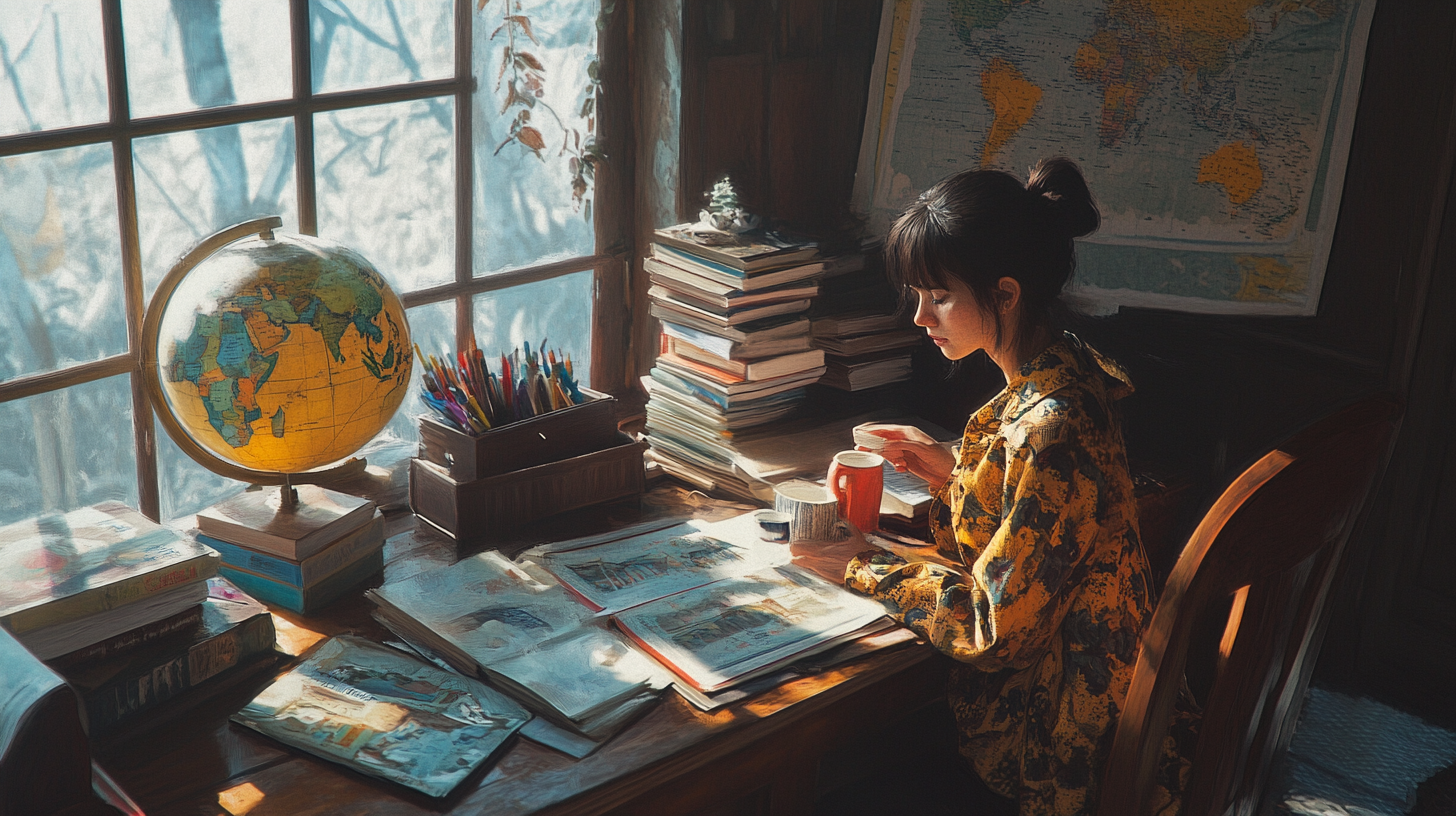
After a vacation filled with social drinking or evening cocktails by the beach, it can be tempting to maintain that habit upon returning home. However, it’s important to be mindful of your alcohol intake during this transition period. Excessive consumption of alcohol can exacerbate feelings of depression and interfere with your sleep quality, both of which can intensify post-travel blues. Try to limit alcohol and instead focus on hydrating with water, herbal teas, or natural juices. This balance supports your body’s recovery and contributes to a clearer, more positive mindset. Understand more about the impact of alcohol on post-travel recovery.
Incorporate Travel Joys into Daily Life

Mimic Vacation Activities at Home
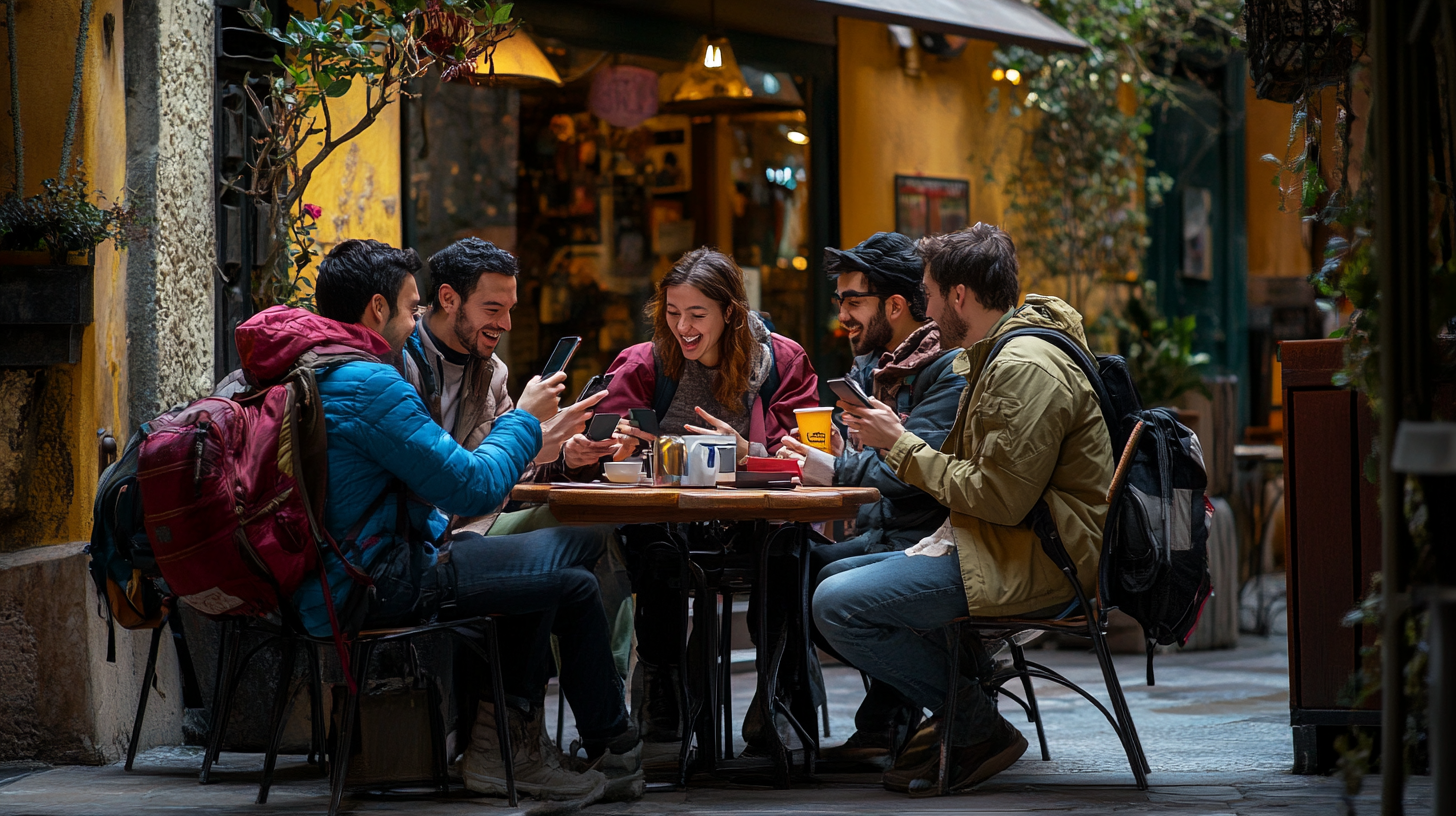
Bringing the essence of your travels into your daily life can help prolong the joy of your experiences. Reflect on what you loved most about your trip and find ways to incorporate those elements at home. If you cherished your morning café visits in Paris, seek out or create a local spot that offers a similar atmosphere, perhaps even practicing a bit of French while you’re there. If you discovered a passion for Italian cuisine through cooking classes in Italy, try recreating those recipes in your own kitchen and maybe invite friends over for a themed dinner. This not only keeps the memories alive but also enriches your everyday life with new interests and activities. Discover more about integrating travel-inspired experiences into your routine.
Explore Local Culture
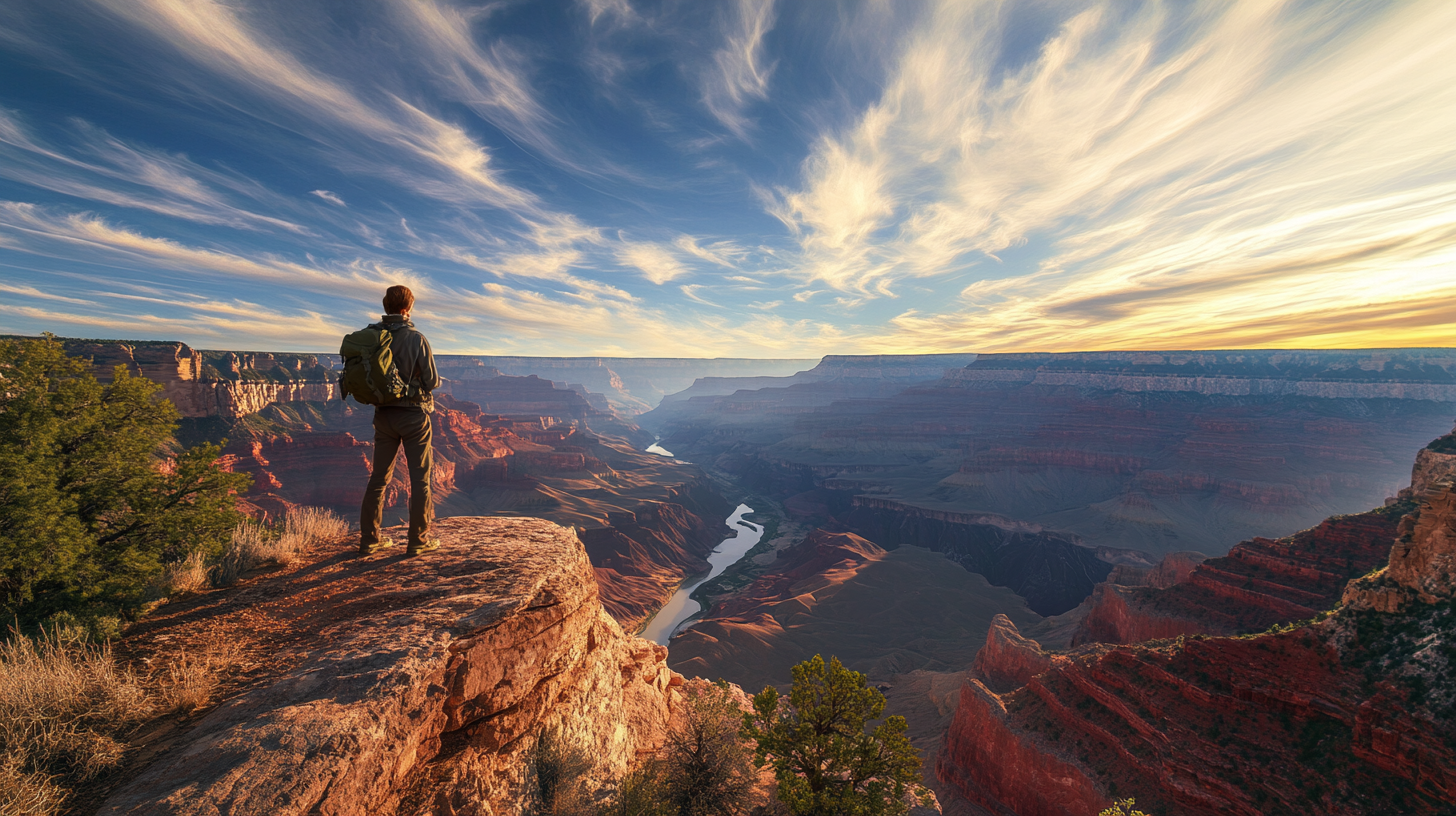
Your desire for exploration and new experiences doesn’t have to pause when you’re not traveling abroad. Dive into your local culture by visiting museums, attending art exhibitions, exploring historical sites, or participating in cultural festivals. You might be surprised at the richness and diversity that your own community has to offer. Joining local interest groups or clubs can also connect you with like-minded individuals who share your passion for culture and learning. This approach not only satisfies your wanderlust but also helps you develop a deeper appreciation for your home environment. Discover more about discovering cultural gems in your own backyard.
Stay Connected with Travel Friends

The friendships forged during your travels can be a lasting source of joy and connection. Make an effort to stay in touch with the people you met—whether they were fellow travelers or locals. Regular communication through social media, email, or video calls can keep the relationships alive and provide mutual support. Sharing updates about your lives can rekindle the camaraderie you felt on your trip and even lead to future meetups or travel plans. Moreover, having friends around the world enriches your global perspective and keeps the spirit of adventure alive. Consider setting up a virtual reunion or exchanging cultural gifts to maintain a tangible connection. Learn more about building and nurturing international friendships.
Look Forward: Plan Your Next Adventure
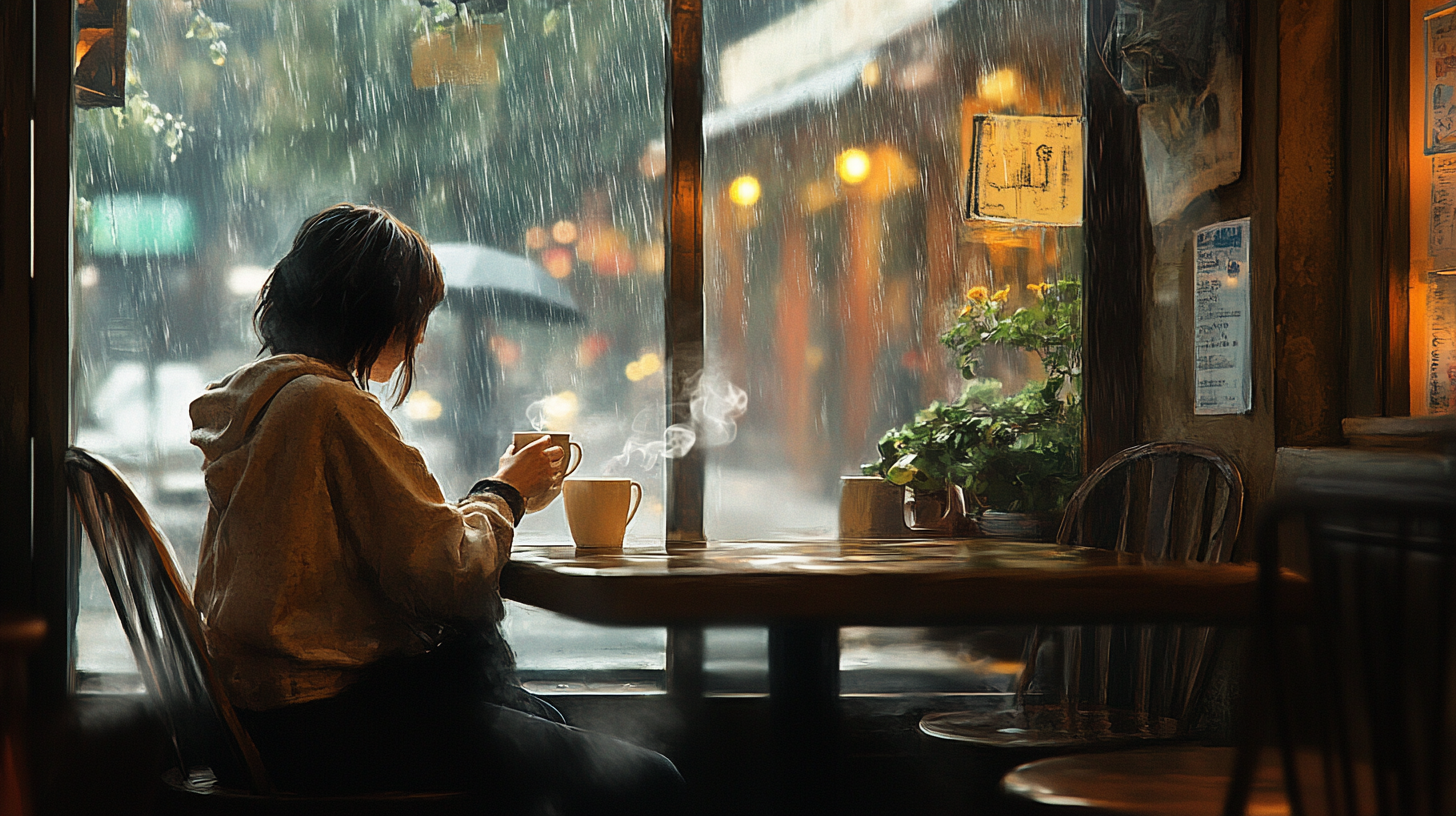
The Anticipation Effect
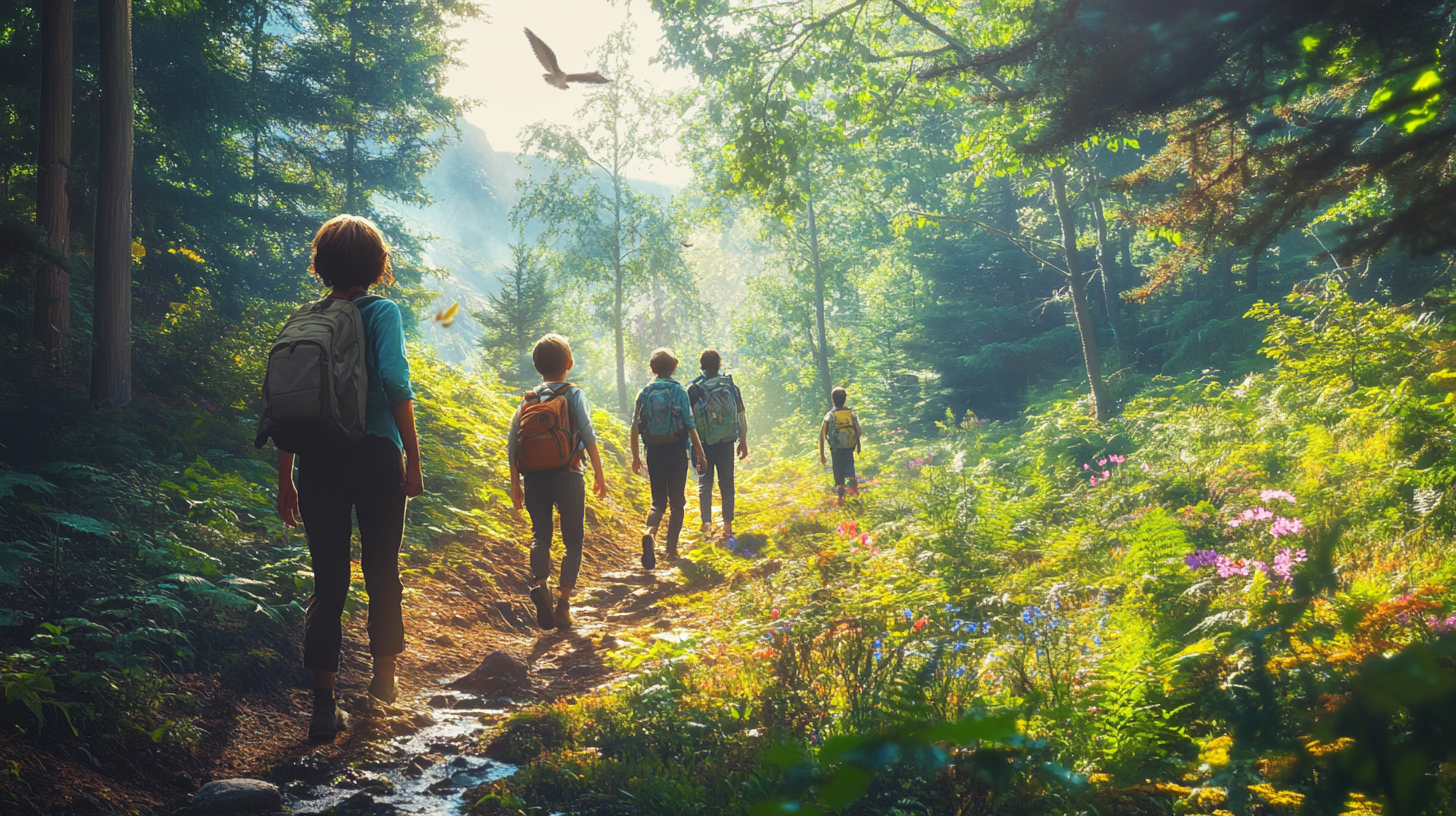
The power of anticipation is a significant mood booster. Knowing that another adventure awaits can alleviate the feelings of emptiness that sometimes follow a trip. Start planning your next journey, no matter how big or small. It could be an international excursion, a domestic road trip, or even a local weekend getaway. Research destinations, create a savings plan, or start learning a new language relevant to a country you wish to visit. This forward-thinking approach not only gives you something to look forward to but also keeps your mind engaged and excited. Learn more about harnessing anticipation to improve well-being.
Set New Goals

Your travel experiences can serve as inspiration for personal growth. Reflect on what aspects of your journey sparked joy or curiosity, and consider incorporating them into your life as new goals. Maybe you were captivated by the art you saw and want to take up painting, or perhaps the stories from local artisans inspired you to explore crafts like pottery or woodworking. If you were fascinated by the language and culture of the place you visited, dedicating time to learn the language can be both rewarding and useful for future travels. Setting these new personal or professional goals provides a sense of purpose and can reignite your enthusiasm for daily life. Discover more about transforming travel inspiration into personal development.
Embrace Mini-Adventures
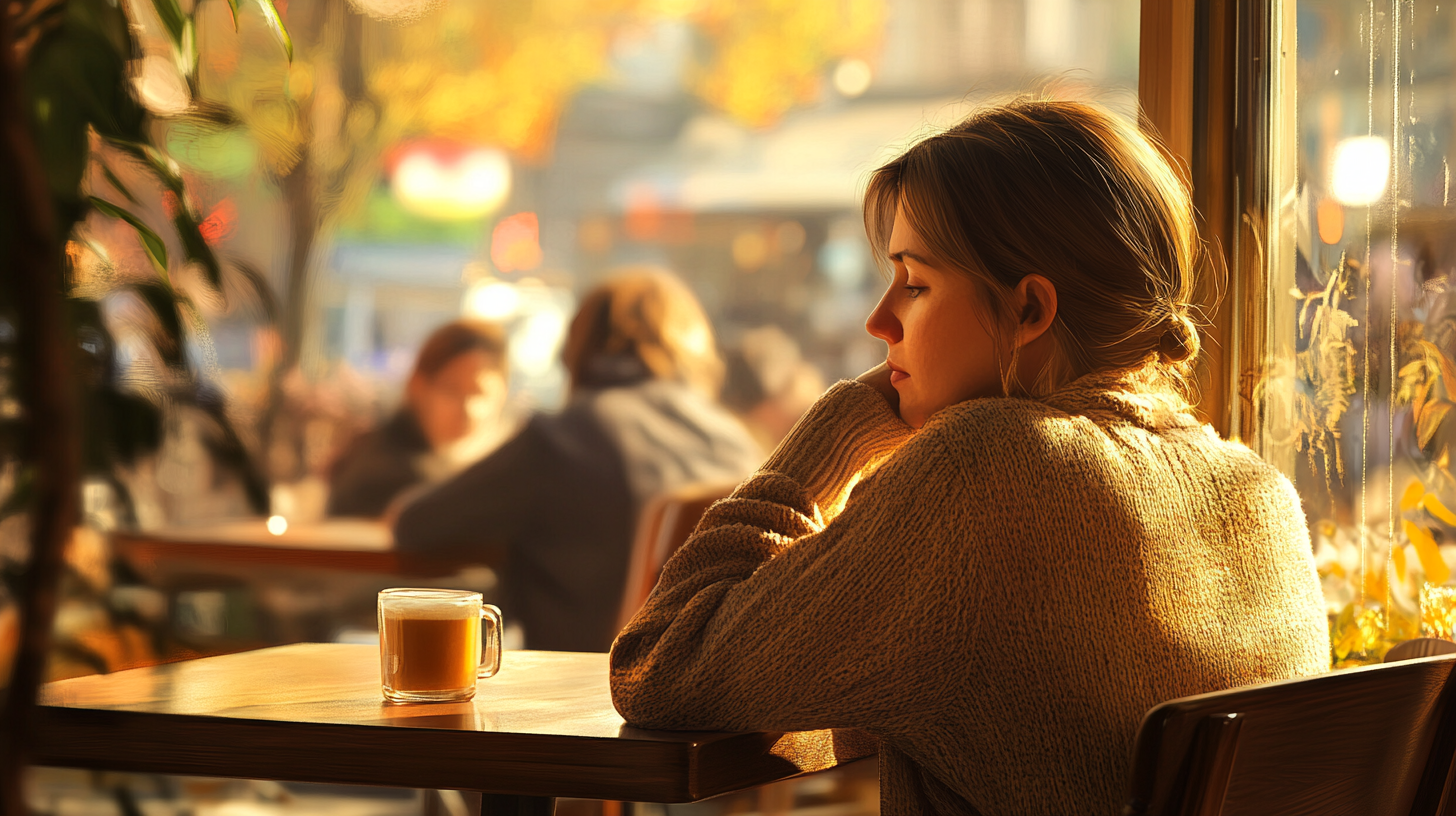
Adventure is not confined to distant lands; opportunities for exploration often exist right around the corner. Make a list of local attractions, parks, hiking trails, or nearby towns you haven’t yet visited. Plan day trips or weekend excursions to these places. Participating in local events, such as food festivals, concerts, or fairs, can also provide that sense of discovery and enjoyment. These mini-adventures not only satisfy your craving for new experiences but also deepen your connection to your local area. They offer a fresh perspective on your surroundings and can uncover hidden gems you might have otherwise overlooked. Explore more about finding adventure close to home.
Self-Care and When to Seek Help
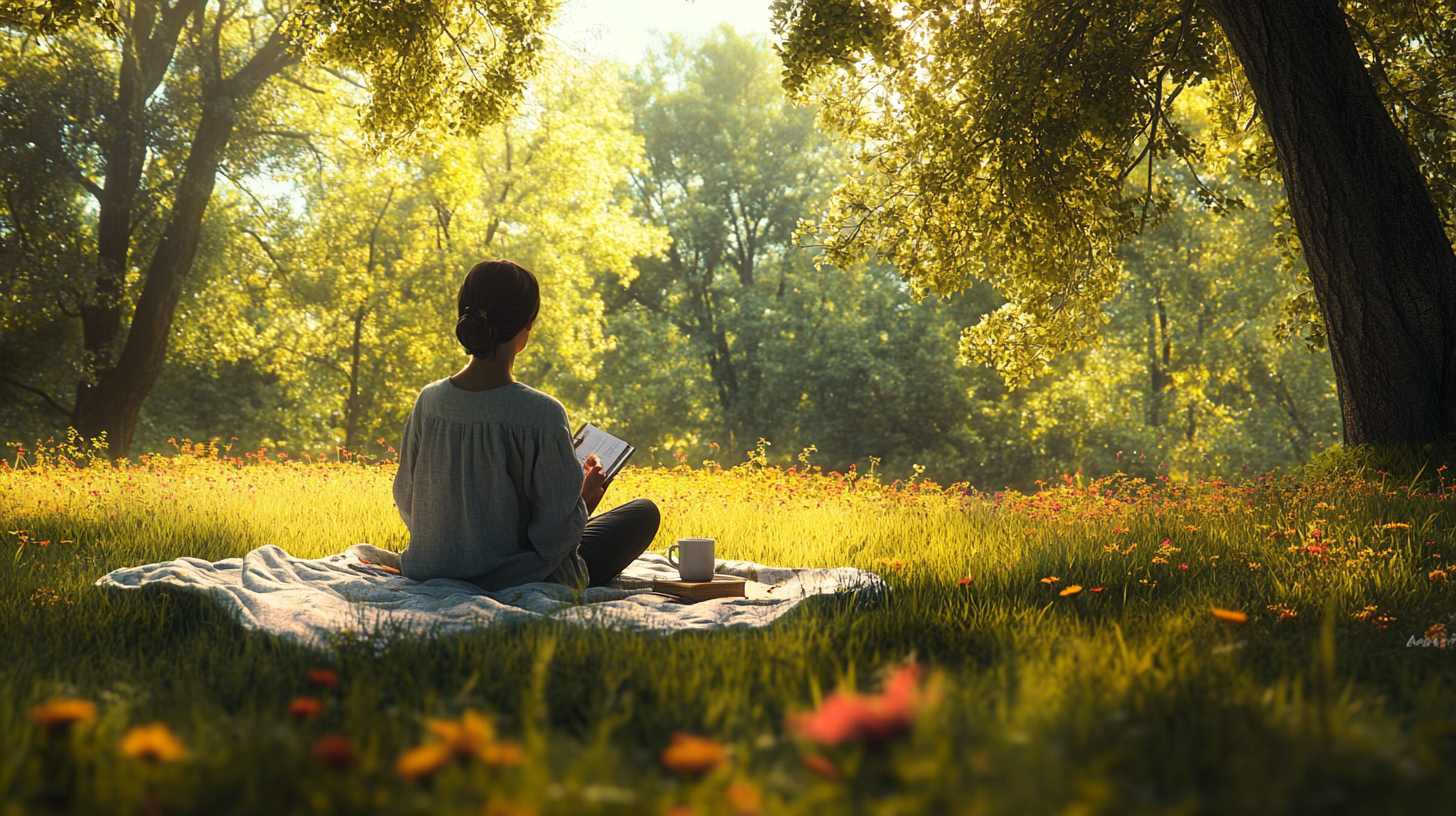
Practice Mindful Self-Care
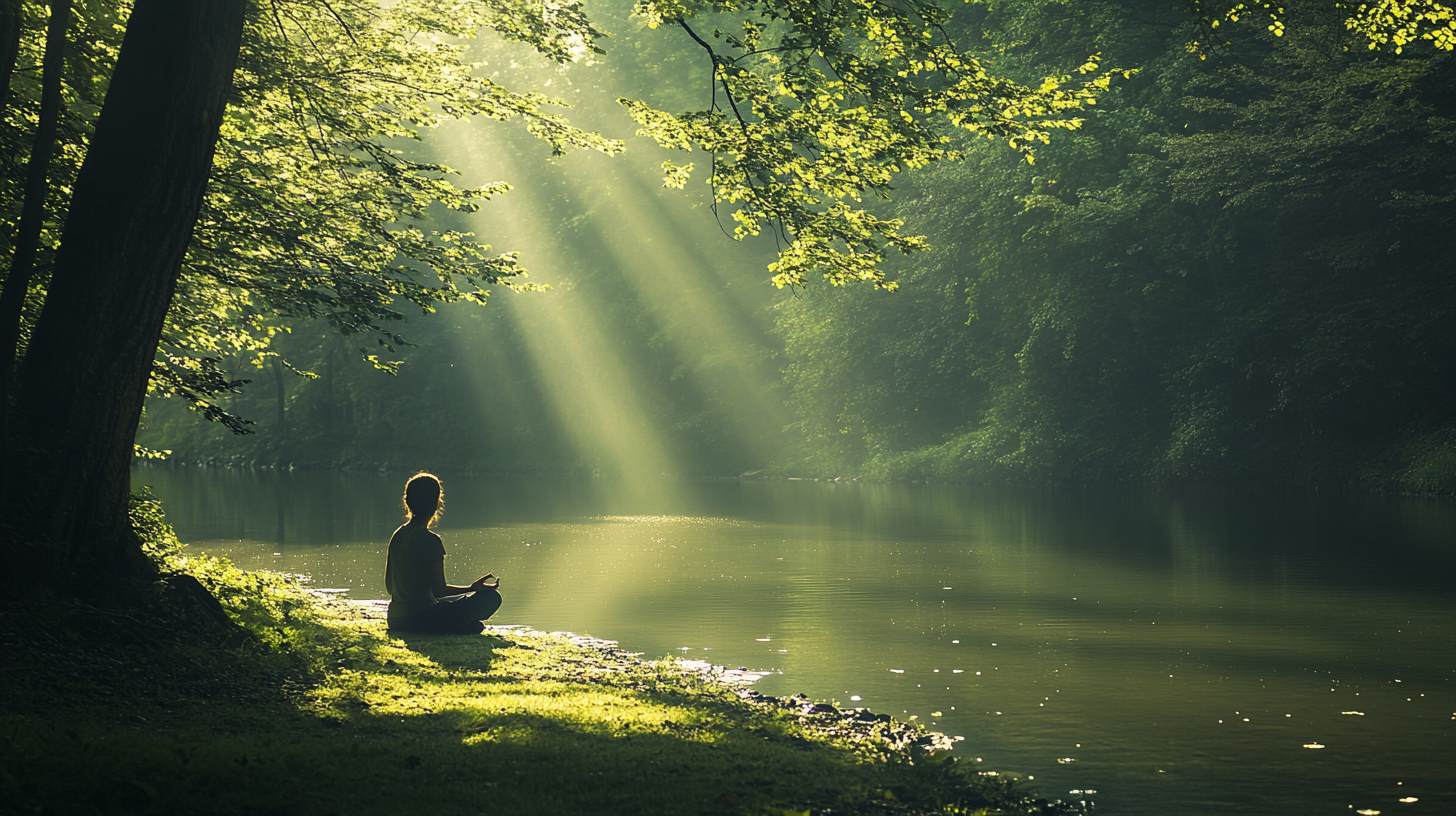
Engaging in mindful self-care is essential for navigating the emotional landscape after returning from travel. Prioritize activities that nurture your well-being and bring you joy. This could include practices like meditation, which helps center your thoughts and reduce stress, or yoga, which combines physical movement with mindfulness. Reading a good book, taking leisurely baths, or spending time in nature can also be deeply restorative. The key is to be intentional about these activities, fully engaging in them without distraction. By investing time in self-care, you build emotional resilience and create a positive foundation for your mental health. Learn more about strategies for effective self-care and mental wellness.
Acknowledge When You Need Support

While occasional feelings of sadness or anxiety after a trip are normal, it’s important to monitor the intensity and duration of these emotions. If you find that symptoms such as persistent sadness, chronic anxiety, irritability, or significant sleep disturbances continue for more than a few weeks, it might indicate a deeper issue that requires professional attention. Psychologist Dr. Daniel Glazer advises that acknowledging the need for support is a sign of strength, not weakness. Mental health professionals can provide coping strategies, therapeutic interventions, and, if necessary, medical treatment to help you navigate through this challenging period. Learn more about when to seek professional help for post-travel depression.
Stay Socially Connected

Social connections are a vital component of emotional well-being. After returning from a trip, you might feel disconnected from your usual social circles, especially if you’ve been away for an extended period. Proactively reaching out to friends and family can help bridge this gap. Arrange gatherings, casual meet-ups, or video calls to share your travel experiences and catch up on their lives. Engaging in social activities not only provides a sense of belonging but also allows you to receive emotional support and understanding from those who care about you. It’s an opportunity to reintegrate into your community and reinforce your support network. Learn more about the importance of social support in mental health.
Final Thoughts: Embrace the Journey Ahead
Experiencing post-travel blues is not only common but also a testament to the profound impact that travel can have on your life. Embracing your emotions, adopting healthy habits, and finding ways to integrate the joys of travel into your everyday life are powerful strategies to overcome the vacation hangover. Each journey leaves an indelible mark, enriching your perspective and contributing to personal growth. Remember that the conclusion of one adventure paves the way for new opportunities and experiences. Stay curious, stay connected, and let the world continue to inspire you, both abroad and at home. As you navigate back into your routine, carry with you the lessons learned and the memories cherished. The spirit of travel is not confined to distant places; it’s a mindset of openness, exploration, and appreciation. Your home is not just where you return—it’s the starting point for all future adventures. Embrace the journey ahead with enthusiasm, knowing that the world is full of wonders waiting to be discovered. Find inspiration for continual exploration and personal growth in inspiration for continual exploration and personal growth.
To find more inspiration on overcoming post-travel challenges and discover tips on maintaining the spirit of adventure, follow us back to BoardingArea, your go-to platform for travel insights and stories. Here’s to creating memories and planning the next great getaway!



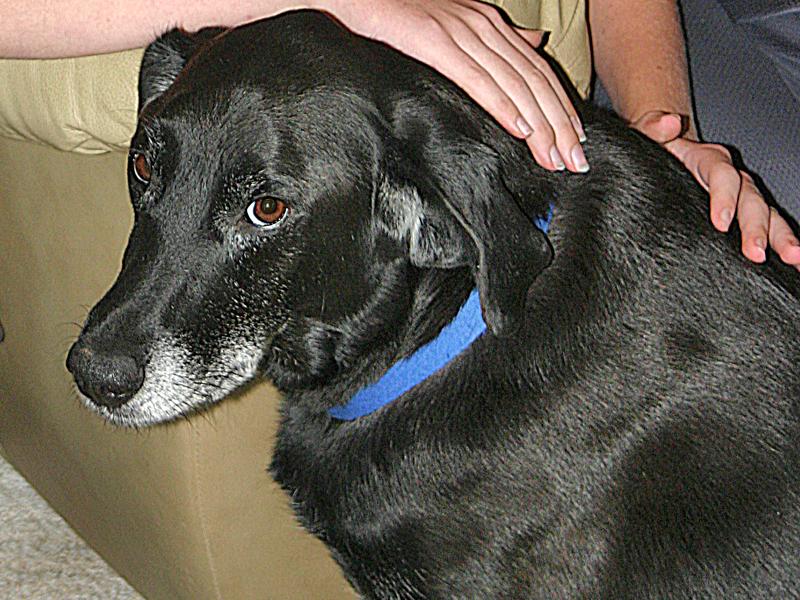


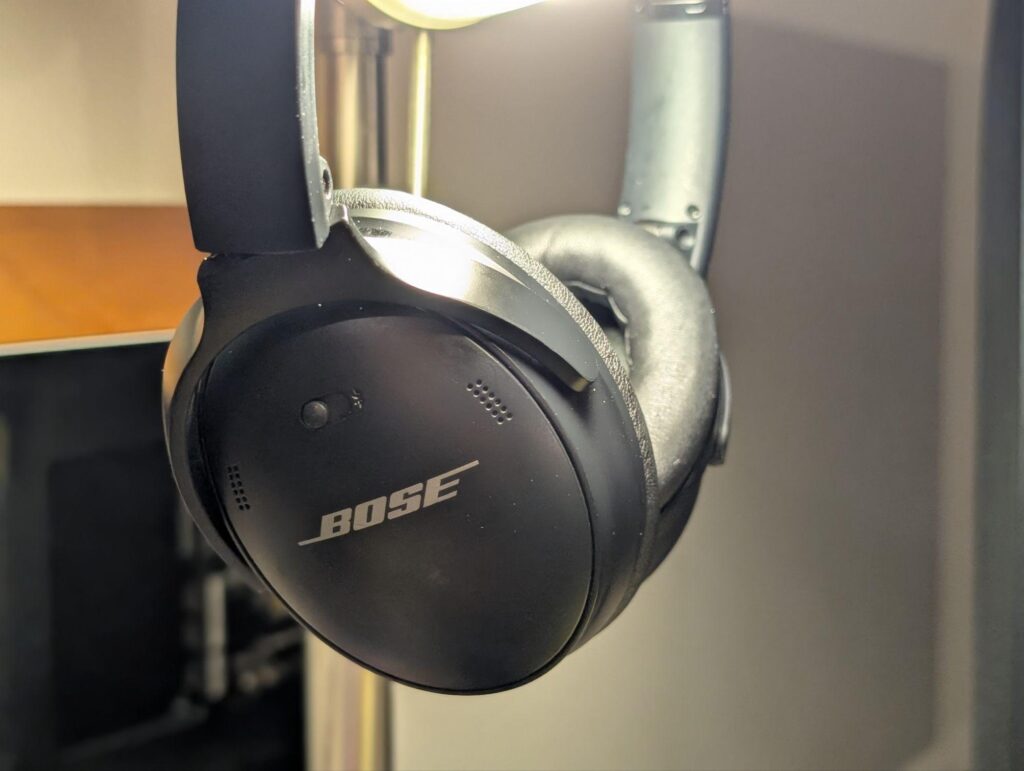

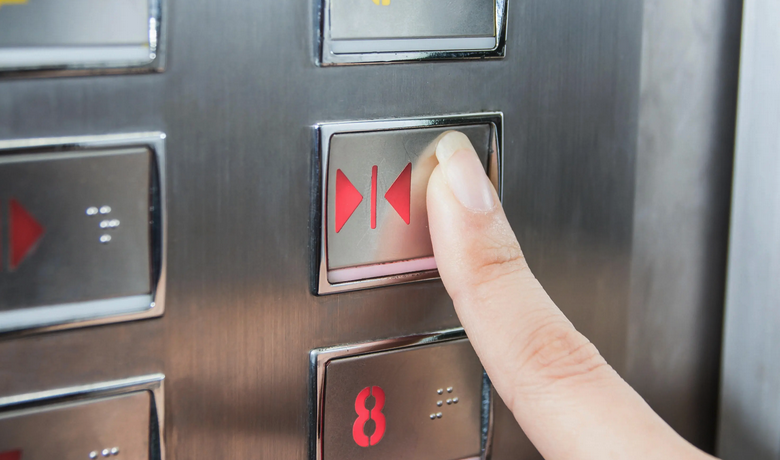
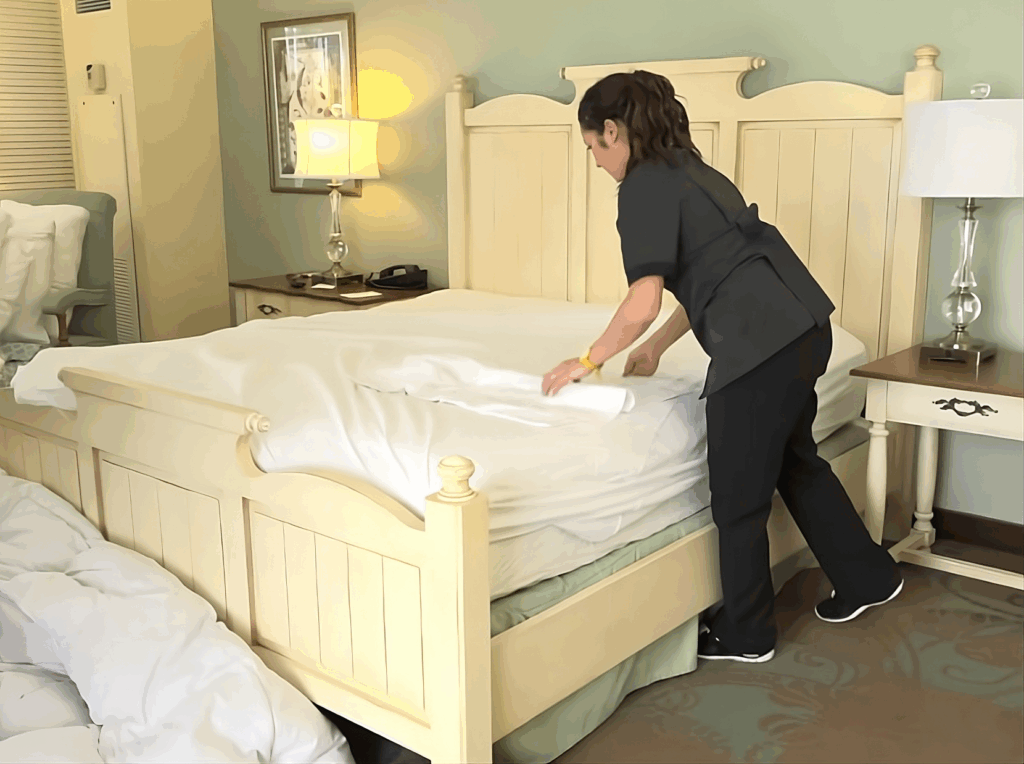

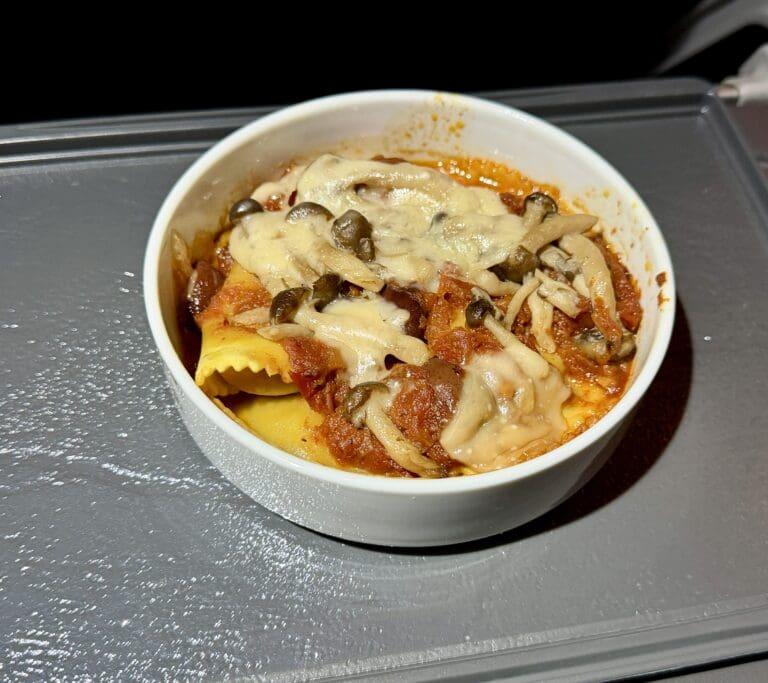
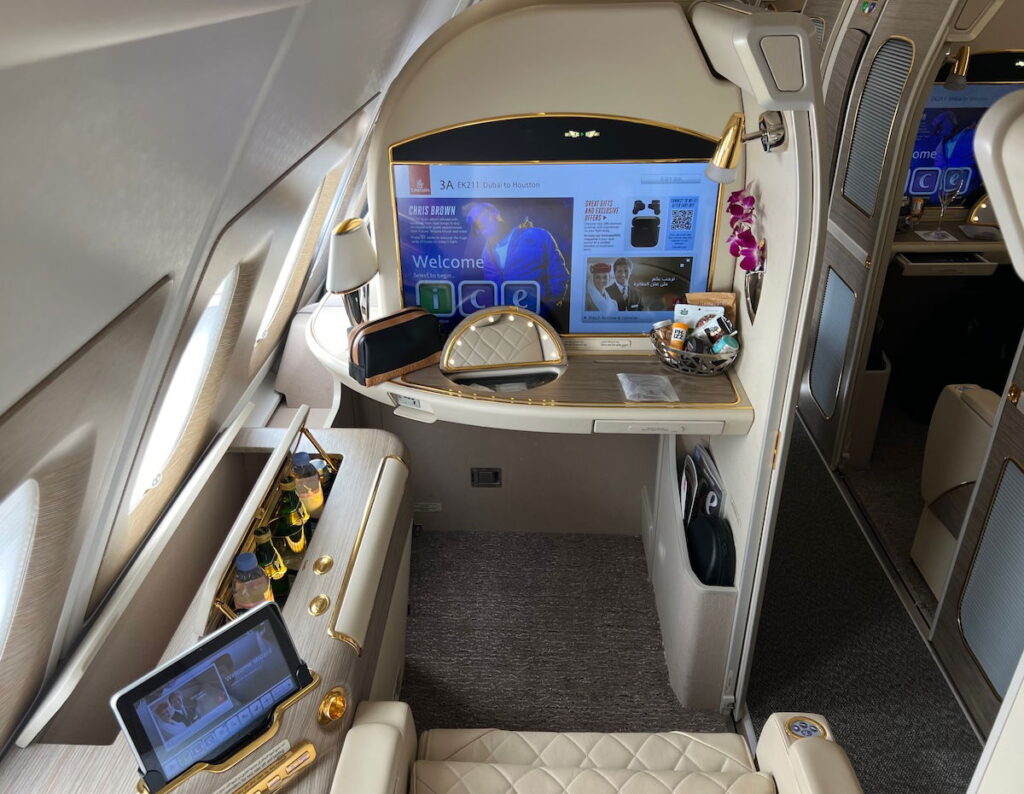


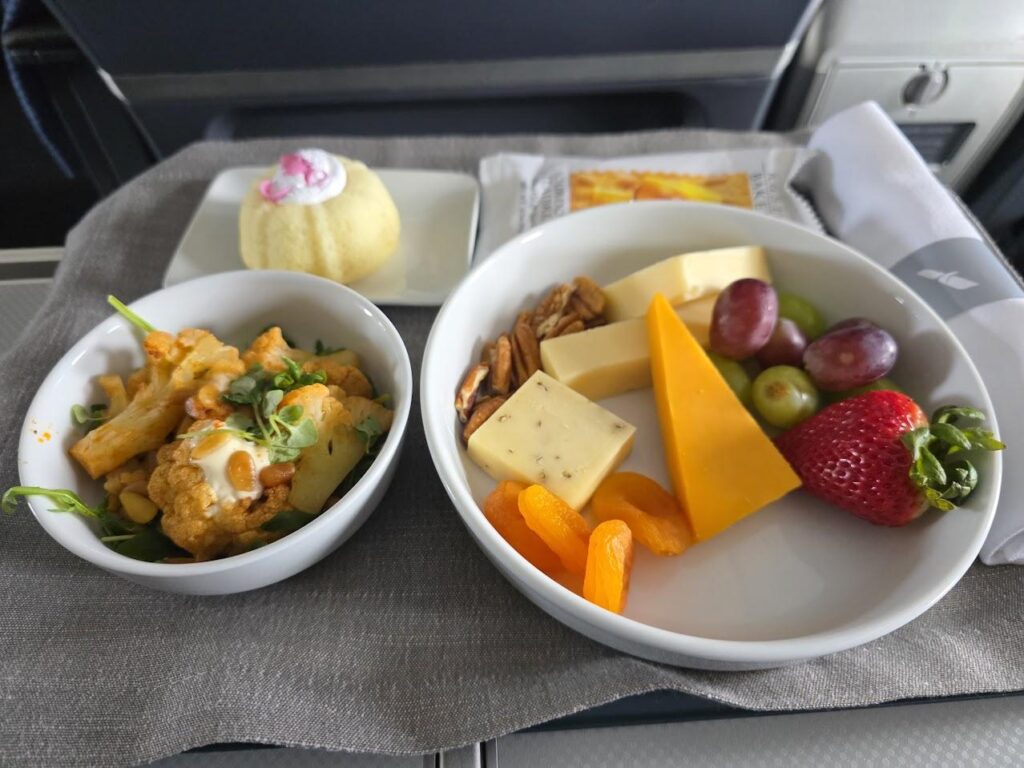




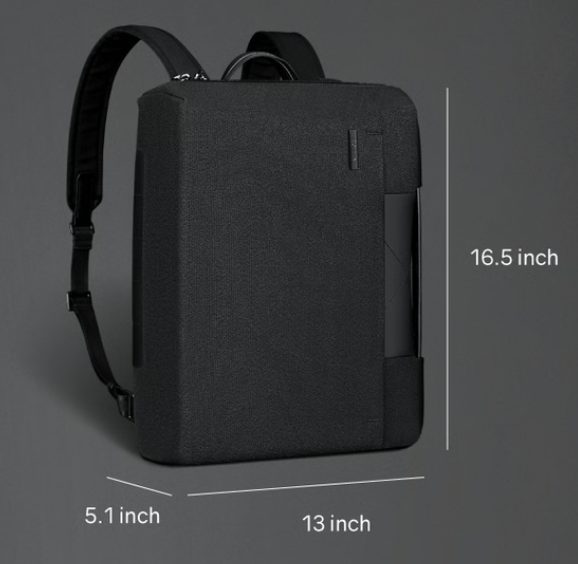
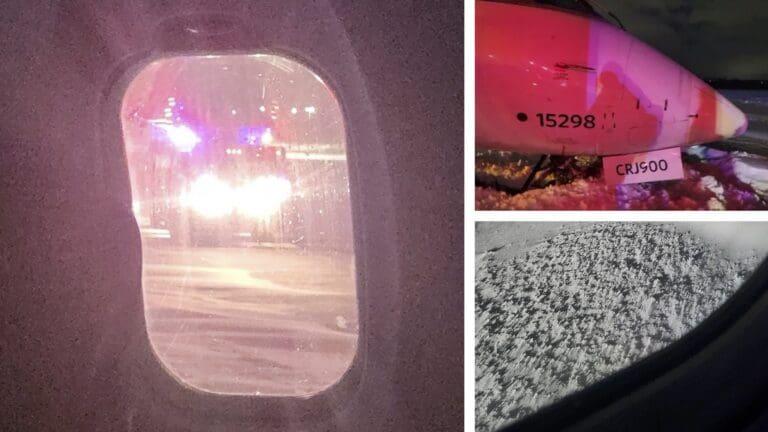

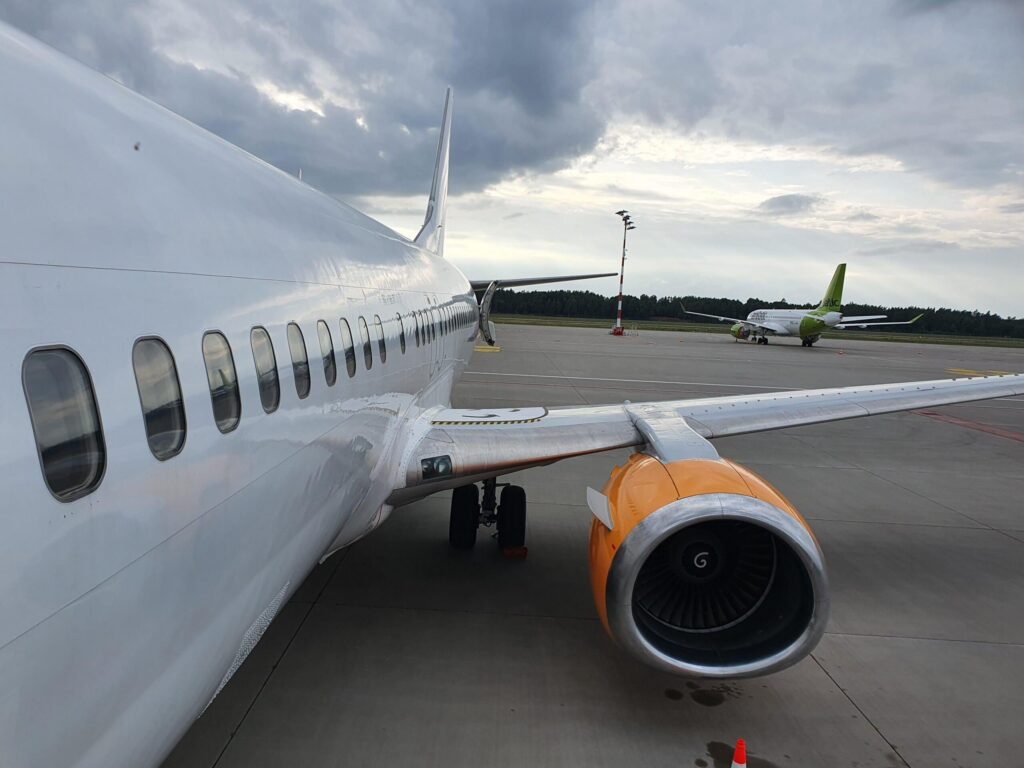
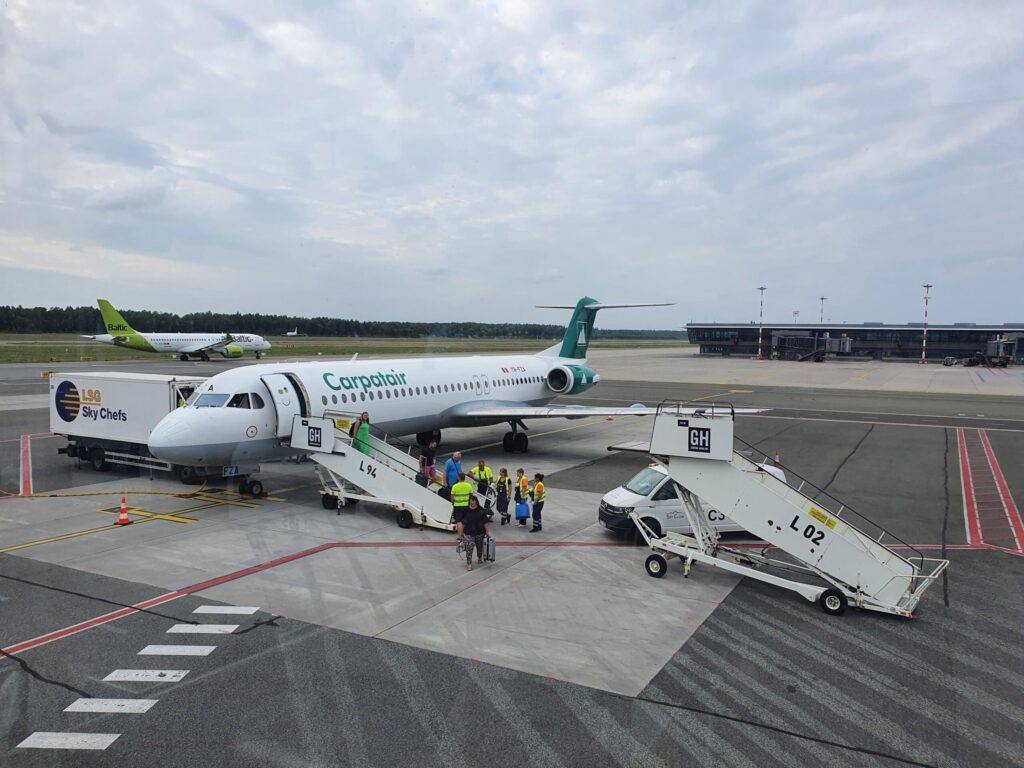




I like the 2nd pic where the plane is landing with no runway